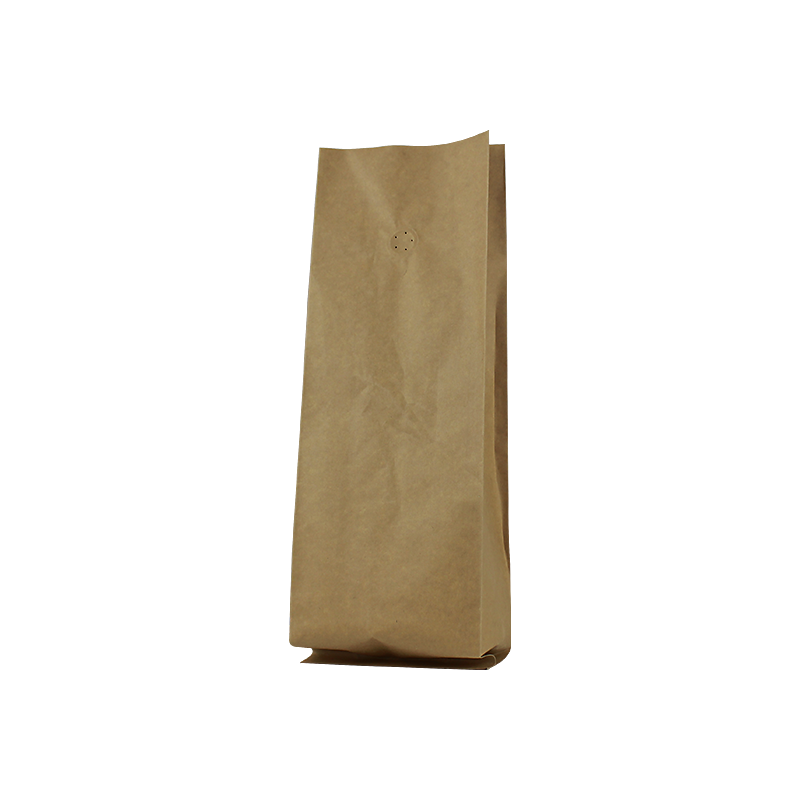- Afrikaans
- Albanian
- Amharic
- Arabic
- Armenian
- Azerbaijani
- Basque
- Belarusian
- Bengali
- Bosnian
- Bulgarian
- Catalan
- Cebuano
- chinese_simplified
- chinese_traditional
- Corsican
- Croatian
- Czech
- Danish
- Dutch
- English
- Esperanto
- Estonian
- Finnish
- French
- Frisian
- Galician
- Georgian
- German
- Greek
- Gujarati
- haitian_creole
- hausa
- hawaiian
- Hebrew
- Hindi
- Miao
- Hungarian
- Icelandic
- igbo
- Indonesian
- irish
- Italian
- Japanese
- Javanese
- Kannada
- kazakh
- Khmer
- Rwandese
- Korean
- Kurdish
- Kyrgyz
- Lao
- Latin
- Latvian
- Lithuanian
- Luxembourgish
- Macedonian
- Malgashi
- Malay
- Malayalam
- Maltese
- Maori
- Marathi
- Mongolian
- Myanmar
- Nepali
- Norwegian
- Norwegian
- Occitan
- Pashto
- Persian
- Polish
- Portuguese
- Punjabi
- Romanian
- Russian
- Samoan
- scottish-gaelic
- Serbian
- Sesotho
- Shona
- Sindhi
- Sinhala
- Slovak
- Slovenian
- Somali
- Spanish
- Sundanese
- Swahili
- Swedish
- Tagalog
- Tajik
- Tamil
- Tatar
- Telugu
- Thai
- Turkish
- Turkmen
- Ukrainian
- Urdu
- Uighur
- Uzbek
- Vietnamese
- Welsh
- Bantu
- Yiddish
- Yoruba
- Zulu
cardboard ammo boxes
The Versatility of Cardboard Ammo Boxes A Sustainable Solution
In the world of ammunition storage and transportation, cardboard ammo boxes are gaining popularity due to their lightweight nature, affordability, and eco-friendliness. While traditional metal or plastic ammo containers have long been the standard choice for hunters, sports shooters, and military personnel, cardboard offers a fresh perspective that deserves attention. This article delves into the advantages of cardboard ammo boxes and how they can serve as a sustainable solution in modern shooting practices.
One of the most significant benefits of cardboard ammo boxes is their environmental impact. As awareness of ecological sustainability grows, consumers are becoming more discerning about the products they choose. Cardboard is biodegradable and recyclable, which makes it a far more eco-friendly option compared to plastic or metal alternatives. By utilizing cardboard for ammo storage, users effectively reduce their carbon footprint and contribute to a more sustainable approach to shooting sports.
Furthermore, cardboard ammo boxes are lightweight, making them ideal for transport. Shooters often have to carry large quantities of ammunition to shooting ranges or hunting locations. The reduced weight of cardboard boxes means that shooters can carry more ammunition comfortably without being bogged down by heavy metal or plastic containers. This portability is particularly beneficial for outdoor enthusiasts who may need to hike significant distances to reach their desired locations.
Cardboard also provides an affordable option for ammo storage. Traditional ammo boxes can be expensive, particularly for those who engage in shooting as a hobby or sport. Cardboard boxes are generally more cost-effective, allowing enthusiasts to invest their savings in high-quality ammunition rather than expensive containers. For organizations and military units managing large supplies of ammunition, this cost-effectiveness can translate into significant budget savings.
cardboard ammo boxes

Another advantage of cardboard ammo boxes is their versatility. They can be produced in various sizes, accommodating different types and quantities of ammunition. Users can easily customize these boxes for specific needs, whether it’s small caliber rounds for target shooting or larger calibers for hunting. Additionally, many manufacturers now offer moisture-resistant coatings for cardboard ammo boxes, ensuring that ammunition remains safe and dry, even in challenging weather conditions.
Cardboard ammo boxes also offer an excellent surface for labeling. Shooters often need to identify their ammunition quickly, and cardboard’s smooth surface is perfect for writing or affixing labels. This simple feature can enhance organization and accessibility, allowing shooters to easily locate the type and caliber of ammo they need without sifting through multiple boxes.
However, it’s essential to recognize the limits of cardboard ammo boxes. While they offer many advantages, they may not provide the same level of durability and protection as metal or hard plastic containers. Cardboard can wear down over time, especially if exposed to moisture or extreme temperatures. As a result, it’s crucial for users to consider their environment and storage conditions when choosing cardboard for ammo storage.
Moreover, while biodegradable, cardboard boxes should be disposed of properly to avoid contributing to litter or improper waste management. Users must remain conscientious about their environmental impact even when utilizing eco-friendly products.
In conclusion, cardboard ammo boxes present an appealing alternative for ammo storage and transportation. Their lightweight nature, affordability, and environmentally friendly profile make them a compelling choice for shooters everywhere. As the industry continues to shift towards more sustainable practices, cardboard ammo boxes may pave the way for a greener future in ammunition storage. Whether for recreational shooting or professional use, these innovative boxes prove that sometimes, simpler solutions can make a significant difference in how we interact with our environment.













